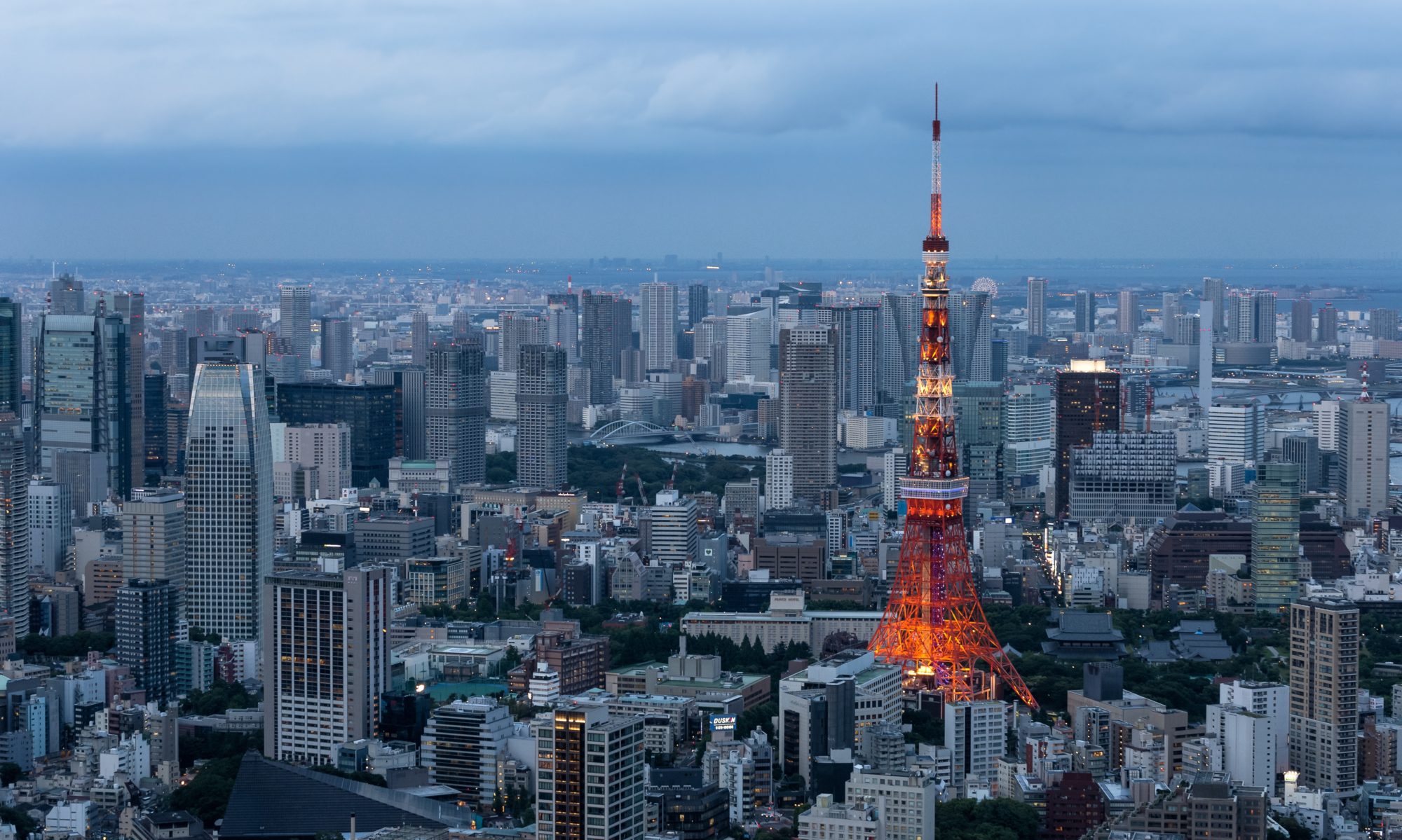While the fast train service from and to Tokyo’s airports is heavily promoted, it has a number of downsides. If you’re travelling with big luggage, you will face navigating how to purchase and use a transport card for the first time, dragging your luggage on and off trains, potentially changing trainlines depending on where you’re staying, looking for elevators on busy platforms, navigating sometimes labrynthine stations, nervously waiting to reach the station you need, looking for the right exit when you reach your destination, then hauling your bags from the station to your hotel.
The better option is to take the Limousine Bus from and to the airport! Why’s it so great? Limousine Bus is a coach shuttle service with an extensive network of destinations across Tokyo, including many of the popular hotels. Tickets (including cut-price return tickets) can be purchased just outside the Arrivals Hall in both Haneda and Narita airports and from there it is just a walk outside to the bus stop on your ticket. The beauty of taking the bus is that the staff at the bus stop stow your luggage for you under the bus and you don’t have to worry about moving it again until you arrive at or near your accomodation. Take your valuables onboard with you in your carry on, noting that overhead storage space is small so not really suitable for roll on luggage – it’s better to stow that below. An added bonus of taking the bus is that you get to see Tokyo and its surrounds out the window, as much of the journey is on raised freeways above the city, something you don’t get in the mostly underground train journey.
Key things to note. Research the Limousine Bus website in advance to get an understanding of which hotels are on the bus routes or alternatively which other stops are close to the hotel you choose. In the past I’ve stayed at hotels not on the route so have simply got the bus to the hotel closest to the one I’m staying at, gotten out and then taken a taxi from the hotel driveway to my own accomadation. Also check the bus timetables against your flight times to see if there are scheduled services around the time you are arriving and departing, as late night they tend to service a smaller network of stops, mostly at railway stations. Note that the journey is slower than taking the train, particularly if you are arriving or leaving at peak hours on the roads, but I find the extra time is worth it for the convenience.
To take the bus back to the airport at the end of your trip, it is super convenient if you are staying at a hotel on the bus route. You simply need to book a seat on the appropriate bus via your hotel front desk a day or so before then turn up to meet the bus out the front of your hotel ten minutes before it is due to depart. If you are staying at a hotel not serviced on the route, plan to take the bus from the nearest train station on the route and book a couple of days before via the Limousine Bus counter at that station. Otherwise book online via PC or smartphone.










